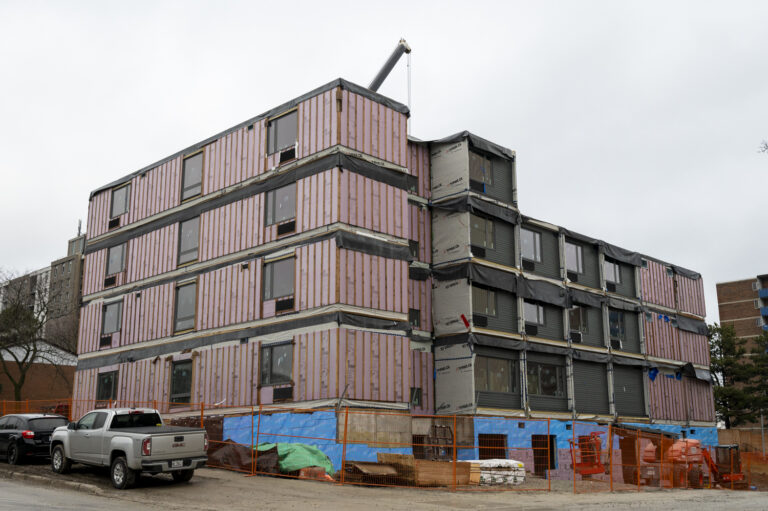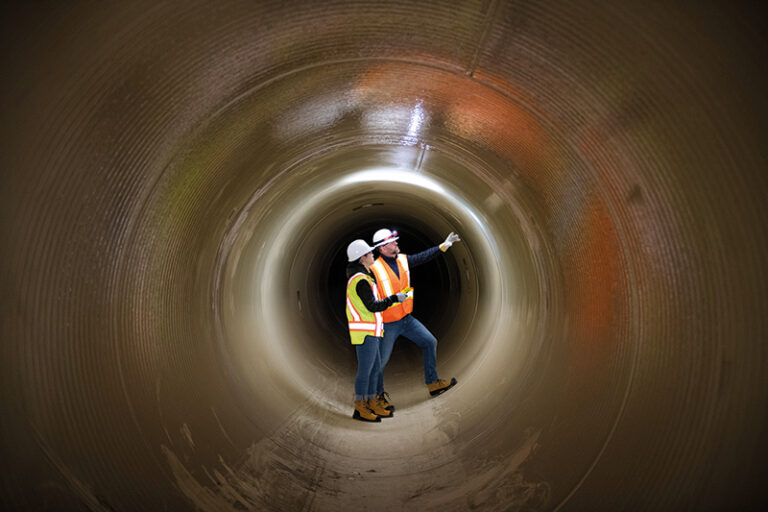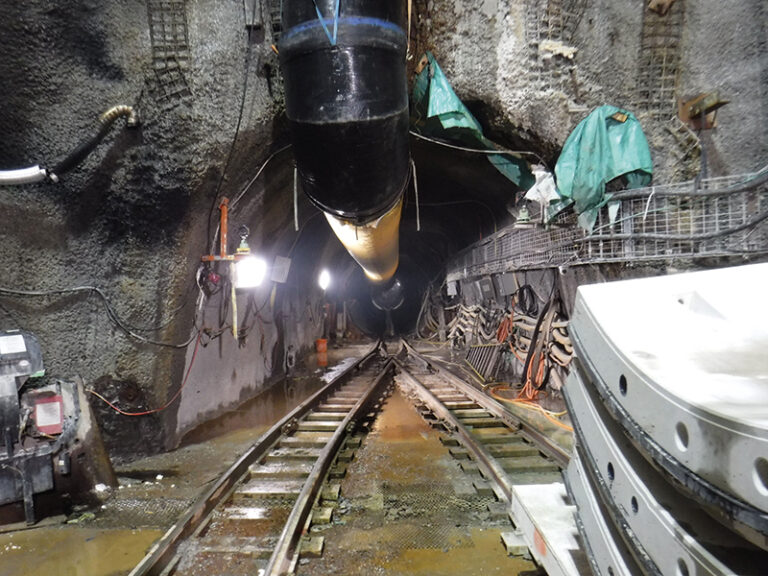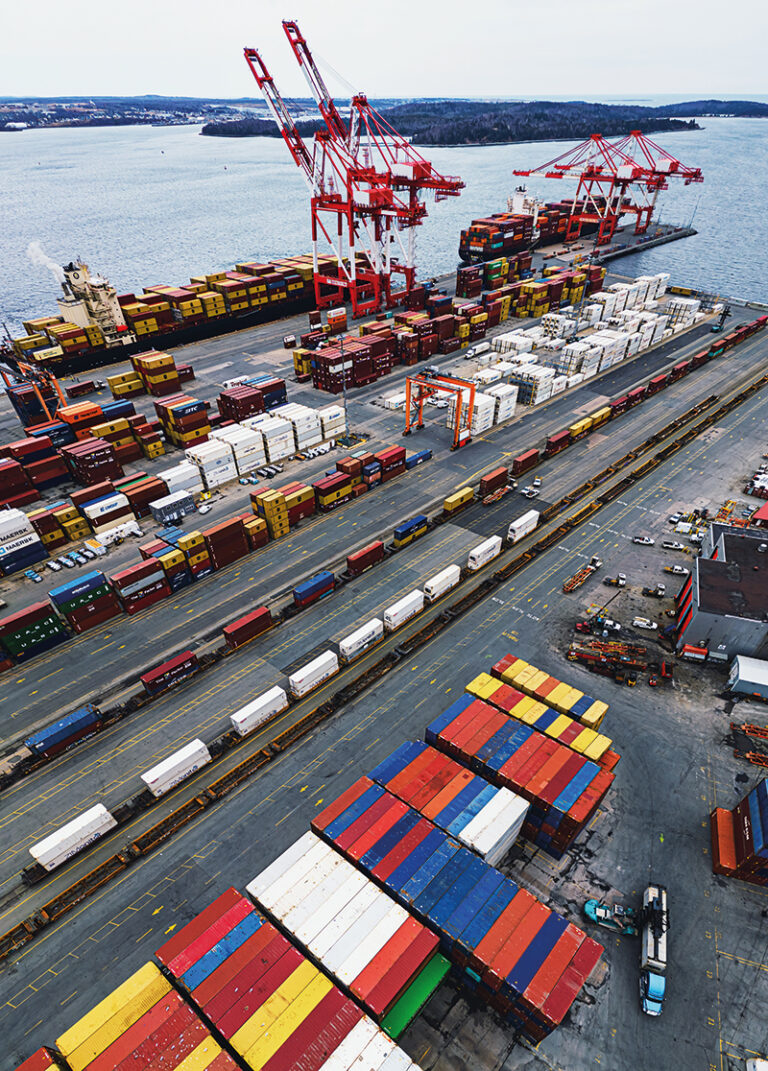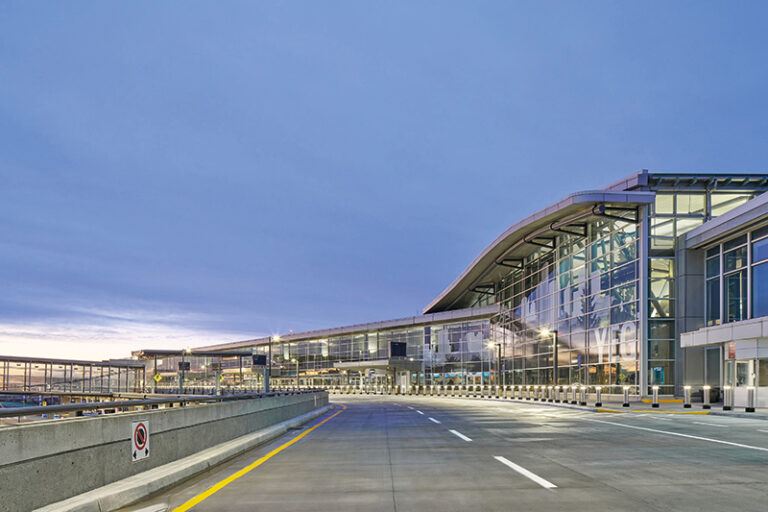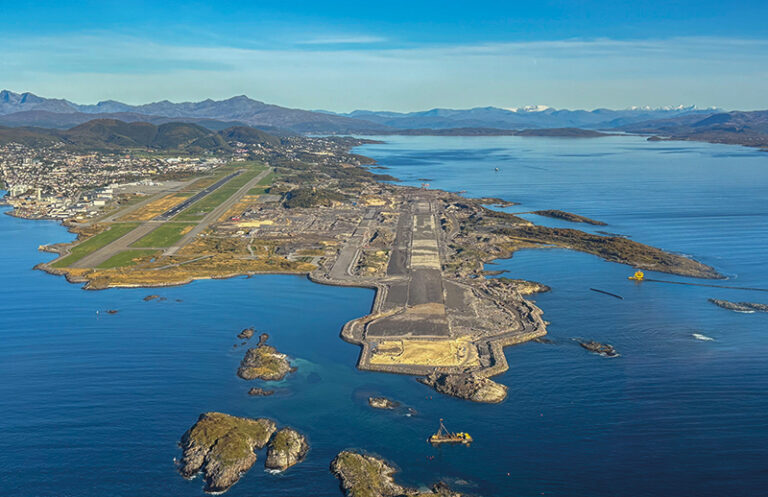By Glenn Miller
Making the tough decisions on where, when and how to invest in infrastructure solutions that collectively have the potential to reduce greenhouse gas emissions (GHG) generated from Canada’s built environment has never been easy. But for private sector energy utilities like Vancouver-based Creative Energy, which recently embarked on an ambitious, capital-intensive “decarbonization” project in downtown Vancouver to cut emissions by at least 25,000 tonnes per annum, the financial, logistical and market-driven challenges the company faces have reached an unprecedented level of complexity. Their decisions are further complicated by pressure to follow federal, provincial climate guidelines, and, since 2022, municipal targets set by the City of Vancouver for reducing emissions from large buildings. Non-compliance carries stiff penalties for both Creative Energy and its customers down the road.
In collaboration with BC Hydro, Creative Energy is moving ahead with a high stake “fuel switch project” intended to transition the company’s downtown district energy network from natural gas to low carbon electricity. Samson Tam, Creative Energy’s director of development, says that his company’s “thermal fuel switch project is one of the largest ever attempted in Canada.”
Creative Energy currently delivers steam heat (and domestic hot water) to 45 million square feet of space linked through 15 kilometres of underground pipes to more than 200 commercial, institutional and residential buildings in downtown Vancouver, making it one of the largest district energy (DE) systems in Canada.
In 2022, after years of investigation and preparation, BC Hydro finally began construction of a 1.2-kilometre 69kV transmission line to connect its substation in Chinatown to Creative Energy’s Beatty Street plant, where a seismically upgraded substation is being constructed in the basement of a future mixed-use high-rise tower. The new substation will allow aging natural gas boilers to be replaced with an array of high-voltage, high efficiency low NOx electric boilers.
“The electric boilers are providing steam for now but can be converted to provide hot water in the future,” says Tam. “We are looking at strategic areas for steam to hot water conversion, where multiple technologies can be incorporated down the road. The plan for installation of the electric boilers is continuing to advance and will be complete by 2026.”
In submissions to the British Columbia Utilities Commission (BCUC), Creative Energy estimates that the cost of converting the steam distribution system to a low-temperature hot water system—the preferred medium in modern district energy systems—will be more than $200 million over a 20-year period. This does not include the cost of individual building conversions, which could account for an additional $180 million. Industry observers suggest that the fuel switch project is, in effect, a massive bet that dozens of downtown landlords will take the opportunity to “decarbonize” by connecting to the revitalized low-carbon DE system in order to avoid penalties that would be otherwise be imposed when the City of Vancouver’s Annual Greenhouse Gas and Energy Limits by-law kicks in over the coming decades.
“The implications of (this) by-law … for our customers are profound,” the submission states. “The current trajectory means that by 2040, at least 50 per cent of our customer base will be subject to a GHG [greenhouse gas] emission limit of zero. This percentage is expected to increase further, with most of our customers likely facing this zero-emission requirement by 2050. The by-law imposes a fee of $350 per ton for carbon emissions that exceed the prescribed limit.”
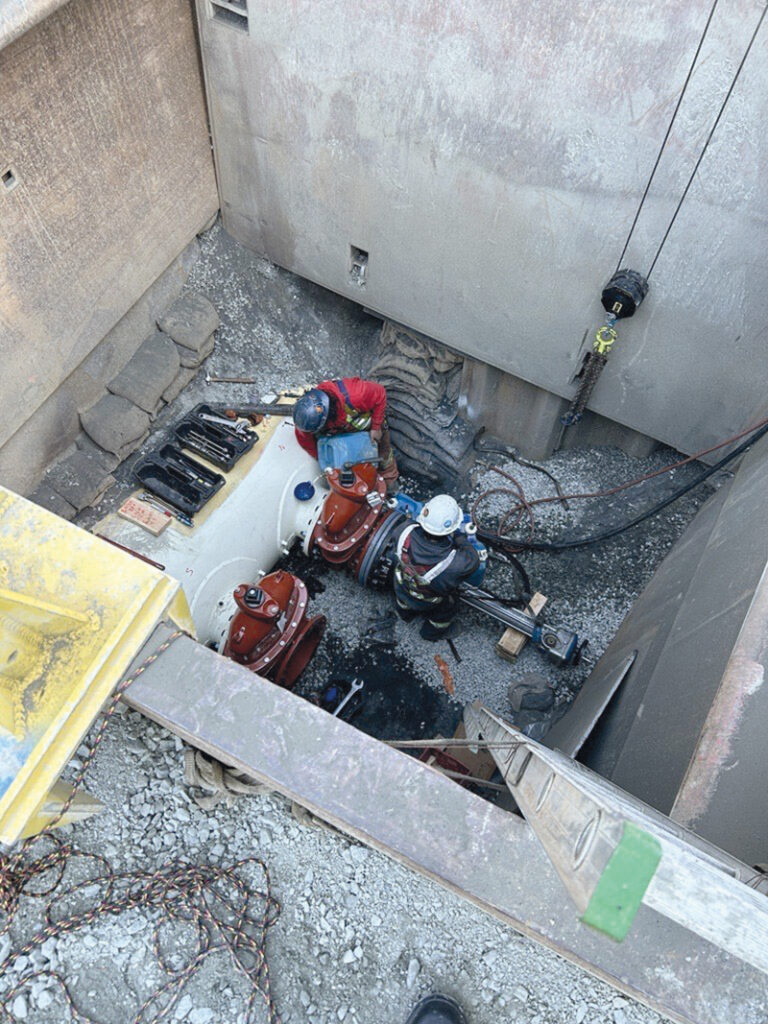
Vancouver’s original “pre-Green” transformation
Until its purchase for $32 million in 2014 by developer Ian Gillespie, Central Heat Distribution Ltd.—as it was known for the first 46 years of its existence—was seen as a reliable but stubbornly traditional provider of affordable heating in the downtown (delivering a remarkable 99.9 per cent reliability). Central Heat’s district energy system, established in the late 1960s, was the catalyst to enable buildings in the downtown core to replace highly polluting coal and fuel oil with relatively clean natural gas as the primary source of heating—a major transformative step towards improving air quality in Vancouver, particularly the downtown core. Only Vancouverites with long memories will recall a time when the clear blue skies depicted on today’s post card views of Vancouver were anything but the norm.
The idea that the city would one day have ambitions to become the “world’s greenest city” would have been laughable at the time. In 1955, for example, a local newspaper ran a four-part series stating that “one of the most vital problems facing Vancouver today, from a health, economic and aesthetic standpoint, is the pall of smoke which constantly hangs over the city.” Downtown Vancouver’s pollution, dependent on coal and fuel oil, was so bad that the constant haze even affected operations of Vancouver International Airport.
The formation of Central Heat Distribution in 1968 as a private district energy utility not only helped improve Vancouver’s air quality, but in many respects paved the way for Vancouver’s current ambitions to become a “green city”—a role forgotten, or at least, underappreciated by City officials as recently as the early 2000s.
By the time that the City of Vancouver published its “Greenest City Action Plan” in 2011, City officials were actively pushing for a low-carbon solution to the provision of heating and cooling for buildings in the downtown peninsula but were frustrated in their attempts to persuade Central Heat to modernize and were unsure how to achieve their low carbon goal. It was therefore a pleasant surprise when, in 2014, prominent developer Gillespie bought Central Heat, with the stated intention of transforming the trusted but outdated utility into a leading proponent for low carbon energy.
Expansion demonstrates corporate flexibility
Although Central Heat (now Creative Energy) was Vancouver’s first district energy company, it wasn’t the last. By 2000, more than a dozen DE systems of various sizes and capabilities had come on stream in the Lower Mainland. (There are currently six hospital DE systems, four university-inspired, three more private projects, and four under municipal control.) The most influential is arguably the municipally owned False Creek Neighbourhood Energy Utility, which introduced WET technology to North America, using technology developed by Sharc Energy to capture waste thermal energy from sewage to provide space heating and hot water to buildings in the former Olympic Village and surrounding neighbourhoods.
True to its reinvigorated mandate, Creative Energy has quickly become a leading innovator with a hospital DE project in Seattle, several projects in B.C. and two more in Ontario, displaying extraordinary corporate flexibility in its business model.
The company’s projects include a role as subsidiary to Westbank (the Indigenous-led Sen̓áḵw project utilizing WET technology in Vancouver); as a limited partner with another utility for a joint-venture Westbank/QuadReal redevelopment of the Oakridge shopping mall, also in Vancouver); as an owner-operator of a closed-loop ocean exchange system supplying energy to a mixed-use resort village in the revitalized Sewell’s Marina in Horseshoe Bay; and an independent partner with Thompson Rivers University and BC Hydro in Kamloops, which will make the university the first to achieve net-zero. In Ontario, Creative Energy is Westbank’s DE provider in Mirvish Village and is acting independently as a provider of low carbon geo-exchange energy to Minto Communities in North Oakville.
With a role in multiple projects in the Creative Energy pipeline, Tam is philosophical about his workload. “I’ve worked on many ‘sustainable’ projects in the past. What attracted me to Creative Energy was an opportunity to make a bigger impact through our array of neighbourhood-scale technological solutions from geo-exchange, ocean exchange, sewer-energy-exchange, to waste-heat recovery, and more.”
Glenn Miller, FCIP, is a frequent contributor to ReNew Canada. He is a senior associate with the Canadian Urban Institute.
[This article appeared in the July/August 2025 issue of ReNew Canada.]
Featured image: Vancouver’s Sen̓áḵw, a rental development by the Squamish Nation, is slated to become one of the first large-scale zero carbon housing projects in the world, with Creative Energy heating the development with a sewer-heat recovery district energy system. (Creative Energy)




